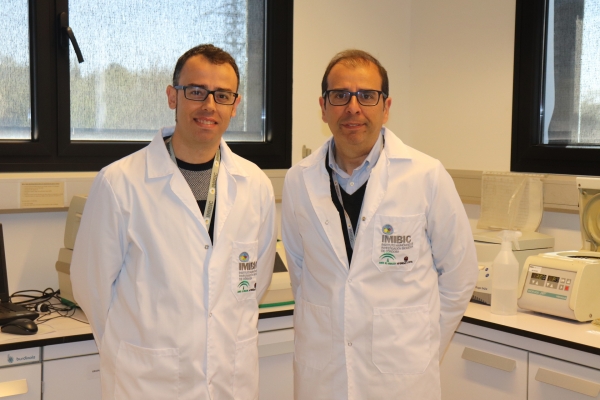Despite the prevention policies that have been put in place over the last few years, obesity continues to be an increasingly prevalent disease and a major health problem. Obesity has reached epidemic levels, and in Spain it affects about 25% of adults. It is not simply a disorder that affects one's body image. Excess kilos predispose one to a series of cardiovascular, respiratory and metabolic diseases, an explosive cocktail that results in a deterioration of health and a reduction in quality of life and longevity.
One of the consequences of obesity is what is known as hypogonadism, a malady that alters the sex glands and produces a drop in testosterone. Although it can occur in women, it affects more male patients, and can cause muscle weakness, problems of sexual and reproductive dysfunction, and decreased libido. One of the striking aspects of hypogonadism –which according to some figures affects one in three obese male patients– is that it can be not just a consequence of obesity, but also a factor that aggravates its symptoms. In other words, it represents a kind of vicious circle that feeds on itself and that can exacerbate the complications associated with excess weight.
Despite its incidence, certain mechanisms involved in this disorder continue to be a mystery to science. Clearing up some of these unknowns is, precisely, the main objective of the ReprObesity research project, an effort by the BIO-310 group at the University of Cordoba and the Maimónides Biomedical Research Institute (IMIBIC). According to the director of the study and a professor of Physiology, Manuel Tena-Sempere, the purpose is "to characterise the magnitude of hypogonadism and to better understand the mechanisms by what is produced, in such a way that in the future potential therapeutic targets can be identified to treat this disease and improve the reproductive and metabolic profiles of obese people. "
For this, the project, developed by researcher Juan Manuel Castellano, has experimented with models of rodents, confirming something that had already been revealed in previous work by the group: one of the main alterations produced by hypogonadism takes place in the hypothalamus, a small region of the brain that participates in the automated control of many bodily functions and that connects the world of neurons with that of hormones. This finding, Tena points out, "could define future targets, since treating the disease in brain circuits is not the same as correcting the disorder at the testicular level."
The research group has also managed to identify some of the possible molecules that are somehow involved in this process; such as, for example, certain brain neuropeptides that are suppressed in obese models, and microRNA-type molecules that, according to the results, play an important role in the triggering of this problem.
"Knowing the basis of the disease better allows us to better characterise phenomena that occur in humans, and will allow us to better treat this disorder in the future," stresses the Physiology professor. Although the project has just concluded, the research group will continue with this line of research, in which they will try to decipher how this disorder works and the epigenetic mechanisms that produce it. Although it is true that the genetic component influences obesity, nutritional and environmental factors also play a fundamental role. Therefore, while scientific knowledge continues to advance, the recipe to tackle this disease remains the same: to avoid hypercaloric foods and a sedentary lifestyle, and to try to embrace a healthy lifestyle.


